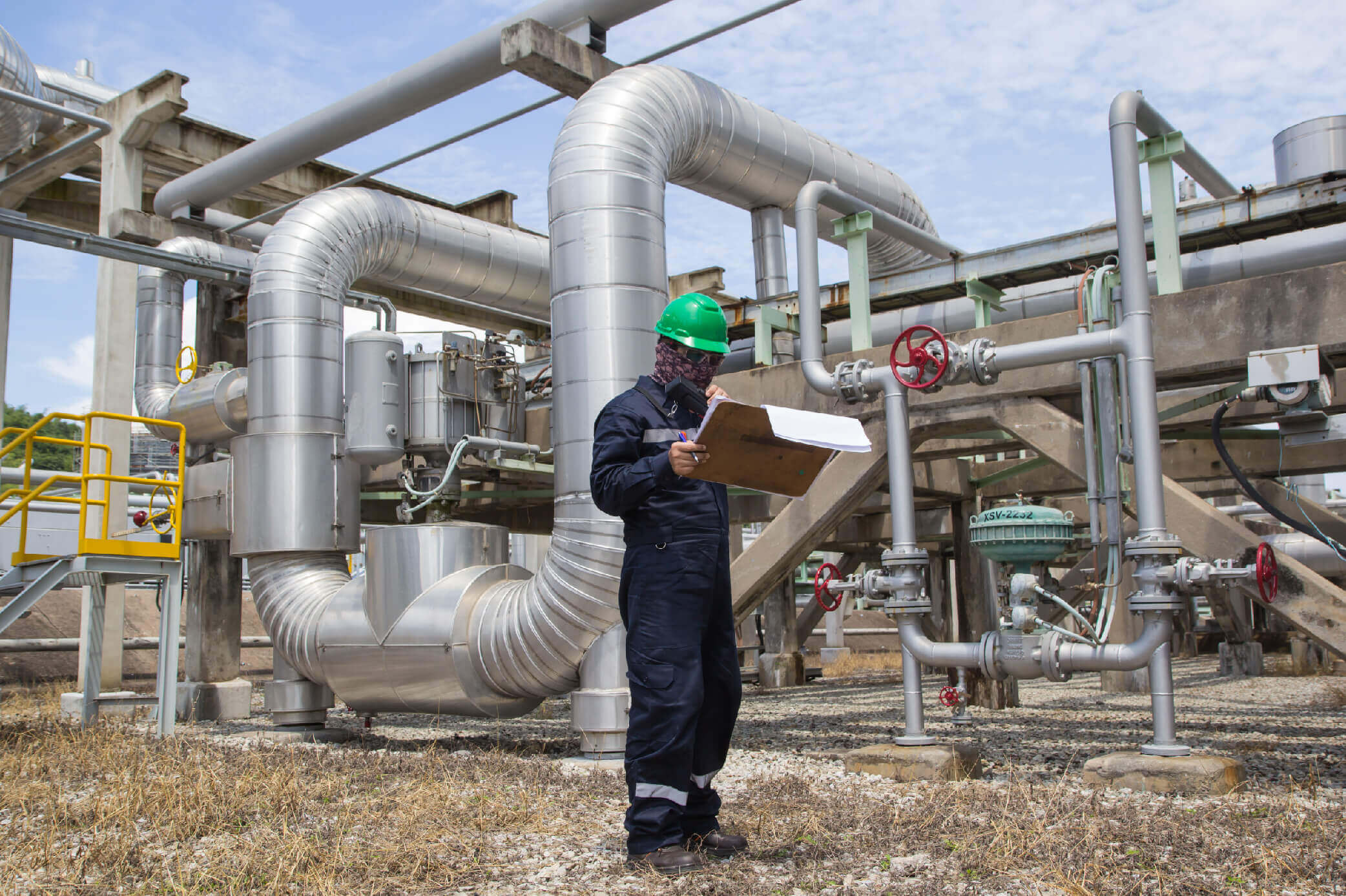Revolutionizing Safety in Oil and Gas: The Role of Non-Destructive Testing (NDT)
In the realm of oil and gas, safeguarding systems while minimizing service disruptions is pivotal. Traditional testing methods often necessitate draining pipelines and tanks for inspections, posing a challenge between system maintenance and operational continuity. Non-Destructive Testing (NDT) emerges as a revolutionary solution circumventing these interruptions. In the context of oil and gas, NDT leverages advanced imaging systems to visualize pipelines without the need for drainage or intrusive access.
The Essence of NDT in Oil and Gas
NDT pipe inspections constitute a fundamental pillar ensuring safety and efficiency in oil and gas domains. These inspections serve the purpose of evaluating large-scale damages like corrosion and smaller imperfections such as weld flaws. Embracing NDT enables:
Validation of Equipment Integrity: Amid the demanding landscape of the oil and gas industry, continuous testing of infrastructure remains imperative. NDT, known for its accuracy and non-disruptive nature, offers regular testing, thereby enabling proactive monitoring and pre-emptive measures before costly repairs are necessitated.
Creation of Safer Environments: A significant concern in the industry involves pipeline spills that pose severe hazards. NDT plays a pivotal role in mitigating such risks by identifying issues before catastrophic failures occur. Moreover, by eliminating the need for infrastructure modification or drainage, NDT minimizes potential errors or exposure to hazardous substances.
Enhanced Operational Efficiency: With its non-invasive nature and rapid processes, NDT significantly reduces labour demands and downtime. Moreover, on-site testing options obviate the necessity for material transportation, thereby streamlining operations.
Cost Minimization: The adoption of NDT leads to substantial cost savings by curtailing expenses associated with labour, materials, and downtime. Additionally, it prevents the likelihood of undetected repairs and mitigates the financial repercussions of spills.
Regulatory Compliance: Adherence to industry regulations is paramount to avoid penalties. NDT’s precision and repeatability offer objective measurements, ensuring compliance and quality documentation of structural integrity.
Detective Abilities of Oil and Gas NDT
In the domain of oil and gas, NDT serves as a key tool in identifying various defects, primarily focusing on weld quality, cracks, and corrosion. This specialized form of testing encompasses a diverse array of techniques such as ultrasonic, dye penetrant, eddy current, and radiographic testing.
Empowering NDT Techniques
Radiographic testing, a popular NDT method in oil and gas, employs X-rays or gamma rays for visualization. Computed radiography (CR) and direct radiography (DR) enhance this process by providing digital imaging, allowing immediate interpretation in the field. While CR requires additional processing, it offers quick digital images and flexible image plates. Meanwhile, DR employs digital detector arrays (DDAs) for instant digital readings in the field, aiding immediate decision-making.
Disclaimer: The views expressed herein represent those of the author in their personal capacity and do not necessarily reflect the official stance of Stract Offshore Limited, the website owner, and operator. This disclaimer is an integral part of the website’s terms and conditions of use.


